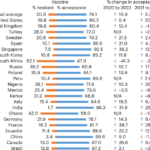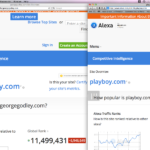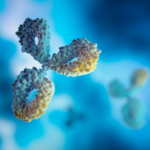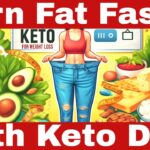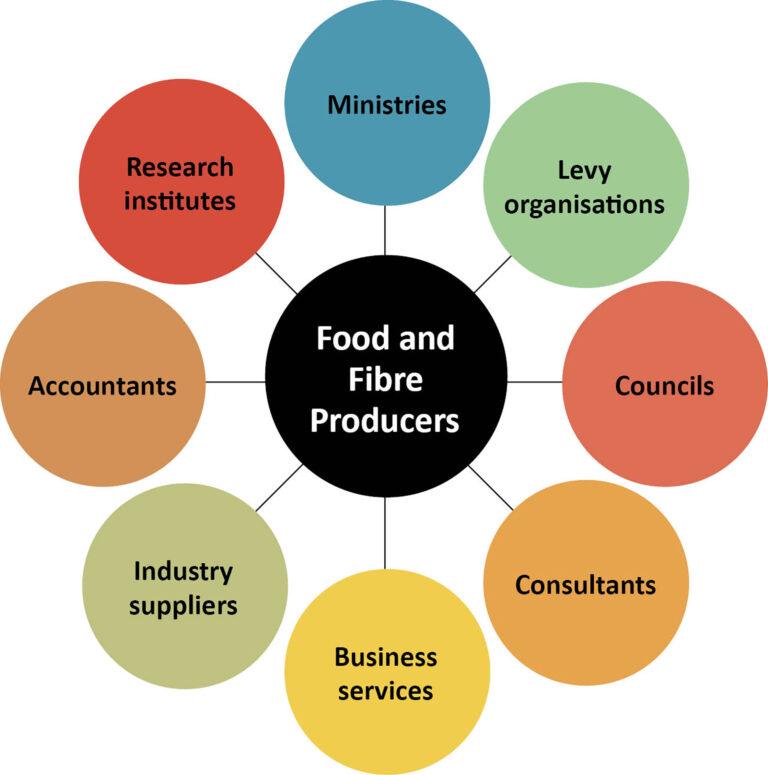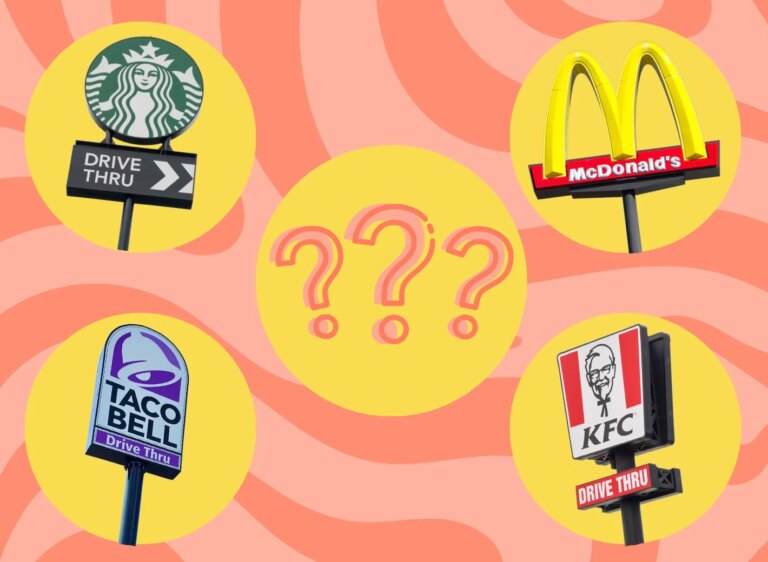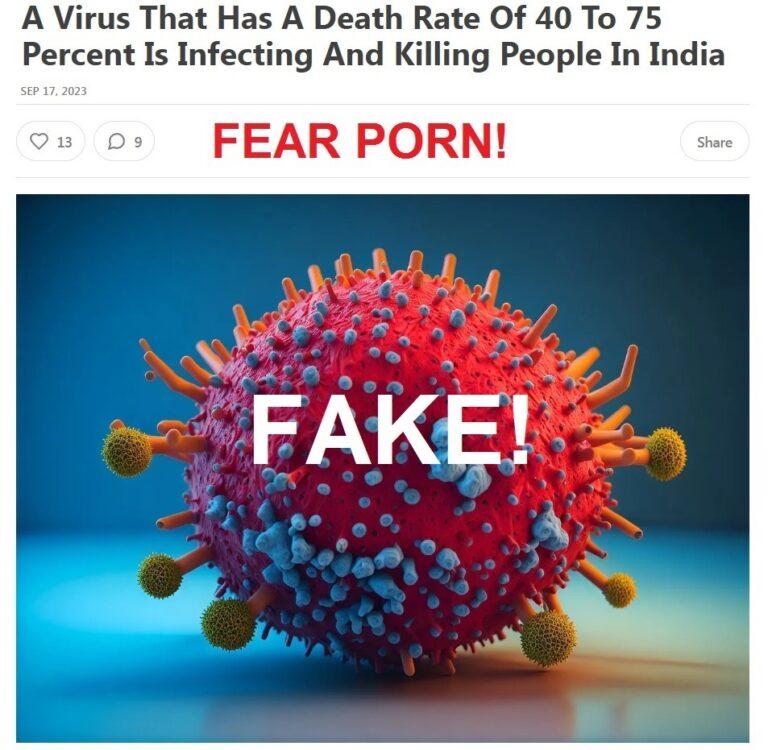As great as it might taste, sugar is NOT your good friend. It might “feel” like your good friend when it comforts you (due to the beta-endorphin enter your brain), however sugar is truly your ENEMY.
Fact be told, routine consumption of sweet foods is among the worst things that you can do for your health. Modern clinical research has revealed us, beyond a shadow of a doubt, that sugar in your food (in all its myriad kinds) is taking a devastating toll on your health. We’ll explore cancer and sugar even more down, however let’s very first take a look at the sugar usage trends over the previous 300 years:
- In 1700, the typical person consumed about 4 pounds of sugar per year.
- In 1800, the typical individual taken in about 18 pounds of sugar annually.
- In 1900, individual intake had risen to 90 pounds of sugar each year.
- In 2012, more than 50% of all Americans took in 1/2 pound of sugar per day — translating to a whopping 180 pounds of sugar each year!
In 1890, just 3 individuals out of 100,000 had diabetes. In 2012, nearly 8,000 out of every 100,000 people was diagnosed with diabetes (and this number is rising all the time)!
Producing Our Addiction to Sugar
The “sugar rush” has actually been targeted at our kids. American kids are consuming about 10 times as much sugar as they remained in 1900, particularly in the form of high fructose corn syrup (HFCS), which is the typical American’s biggest source of calories! Extremely addicting HFCS contains fructose and glucose, but they are NOT bound together (as they are in table sugar) so the body does not require to simplify. The fructose is absorbed right away, going straight to the liver, which turns it into fat (VLDL and triglycerides).
According to Dr. Joseph Mercola:
“Fructose likewise techniques the body into putting on weight by deceiving your metabolism (it switches off the appetite-control system). Fructose does not appropriately promote insulin, which in turn does not suppress ghrelin (the “cravings hormone”) and doesn’t stimulate leptin (the “satiety hormonal agent”), which together result in your eating more and establishing insulin resistance.” This process also reduces the body immune system.
But even if you prevent HFCS doesn’t mean that you’re in the clear. Excess consumption of ALL processed sugars leads to jeopardized immune function (reducing the leukocyte’ ability to ruin bacteria), weight problems, and diabetes.
And if that’s not enough, keep in mind that sugar is HIGHLY addicting! That’s! Dr. Serge Ahmed of Bordeaux, France, has actually been dealing with rats and providing the choice in between drug and sugar. Think which one wins, time and once again?
That’s right … sugar!
It turns out that the sweet taste of sugar is more satisfying than the high of drug.
You see, sugar produces dopamine − a pleased, feel-good chemical − in the brain. People get addicted to eating sugar, whereby they require it to feel “typical” and they go through “withdrawal” if they cut sugar from their diets. If they go “cold turkey” for a couple of days, their brain will start to produce dopamine by itself, but the pain of the withdrawal process keeps many “sugar addicts” trapped in their dependency.
Does Sugar Feed Cancer? Exploring the Sugar and Cancer Connection
Due to the anaerobic breathing mechanism showed by ALL cancer cells, sugar is cancer’s preferred food! What this implies is that cancer eats sugar.And given that half of the white sugar in the USA comes from sugar beets, you should remember that most beets are now genetically modified with all the associated dangers of GMOs. This is another factor to keep the “White Death” out of your diet and lower your risk of numerous cancers, isn’t it?
Whether you are presently recovery from a kind of cancer such as breast cancer or prostate cancer, or are merely attempting to keep great dietary principles, I personally advise that you avoid white sugar, brown sugar, agave, and all artificial sweeteners such as aspartame/AminoSweet, sucralose, and saccharin. If you have a sweet tooth, it’s best to stick to 100% natural green stevia, xylitol, raw honey, pure maple syrup, molasses, and coconut sugar.
The bottom line … if you wish to be and remain healthy, you MUST take control of your sugar intake so that it does not take control over you and your health!
Ending the Sugar Confusion
It’s simple to become puzzled by the numerous sugars and sweeteners, so here is a basic overview:
- Saccharide = sugar
- Glucose (aka “dextrose” or “grape sugar”), galactose (“milk sugar”), and fructose (“fruit sugar”) are all “monosaccharides” (i.e. single sugar molecules), referred to as “basic sugars.” The primary difference in between them is the way your body metabolizes them.
- Glucose is a type of energy you were developed to work on. Every cell in your body utilizes glucose for energy.
- High quantities of fructose are very harmful to the body if it isn’t burned instantly for energy since it travels straight to the liver where it’s transformed to triglycerides (fats). Excess triglycerides increase insulin resistance (and insulin production), thus contributing to diabetes in a “back entrance” fashion.
- The basic sugars can combine to form more complicated sugars, like sucrose (“table sugar”) which is a “disaccharide” comprised of 50% glucose and 50% fructose.
- “Refined” white sugar (pure sucrose) is washed with a syrup service, then with warm water, clarified (typically chemically) to eliminate impurities, decolorized, concentrated, vaporized, re-boiled till crystals form, centrifuged once again to separate, then dried. By this point, any residues of “natural goodness” and “nutritional worth” have totally disappeared! Rather frankly, white sugar needs to be considered an “commercial product” rather than “food.”
- “Brown sugar” is white sugar blended with molasses.
- “Raw” sugar is not actually raw. It has actually been cooked, and the majority of the vitamins and minerals are gone. But it’s most likely a little better than improved white sugar due to the fact that it has a little of the molasses staying.
- Aspartame or AminoSweet is a neurotoxic rat toxin … need I say more?
- Splenda (sucralose) is NOT a sugar, regardless of its misleading marketing slogan, “made from sugar.” It’s a chlorinated sweetening agent in line with aspartame.
- Honey is approximately 50% fructose, however in natural (raw and unpasteurized) kind consists of lots of health advantages. Purchasing honey that is regional and unpasteurized is finest.
- Stevia is an exceptionally sweet herb stemmed from the leaf of the South American stevia plant, which is entirely safe (in its natural form). Green stevia is the entire plant, while white stevia is processed and can typically contain other active ingredients like natural tastes or dextrose − a form of sugar. 100% natural green stevia in its natural state is what you want.
- Agave nectar is made from the agave plant, which is a cactus. Sounds natural? Like maple syrup from a tree, or honey from a beehive. Just it isn’t. Agave is HIGHLY processed while completion item does not even remotely look like the initial agave plant. Furthermore, agave is approximately 80% fructose (much greater than honey and maple syrup).
- HFCS (high fructose corn syrup)is 55% fructose and 45% glucose. It is mostly genetically modified. Keep away!
- Rapadura is the pure juice extracted from the sugar walking stick (utilizing a press), which is then evaporated over low heat, whilst being stirred with paddles, then screen ground to produce a rough sugar. It has actually not been prepared at high heats or spun to alter it into crystals, and the molasses is kept in the sugar. “Sucanat” is the USA brand name for Rapadura.
- Coconut sugar is made from the sweet watery sap that leaks from the cut flower buds of the coconut palm. It has a low glycemic index (GI) and is rich in amino acids. It is normally less than 10% fructose, with sucrose being the primary part.
Stay notified and do not miss a single short article or interview from The Truth About Cancer. Go here to be notified weekly about new, cutting-edge info that impacts your health.
Editor’s Note: This short article was initially published in April 2015 and was updated in November 2020.
The post The Sugar and Cancer Connection: Why Sugar Is Called … appeared first on The Truth About Cancer.
This material was originally released here.
Extremely addictive HFCS includes fructose and glucose, but they are NOT bound together (as they are in table sugar) so the body does not need to break it down. Individuals get addicted to consuming sugar, where they require it to feel “regular” and they go through “withdrawal” if they cut sugar from their diets. Does Sugar Feed Cancer? What this means is that cancer feeds on sugar.And considering that half of the white sugar in the USA comes from sugar beets, you need to remember that a lot of beets are now genetically modified with all the involved risks of GMOs. Green stevia is the entire plant, while white stevia is processed and can often consist of other components like natural flavors or dextrose − a kind of sugar.





